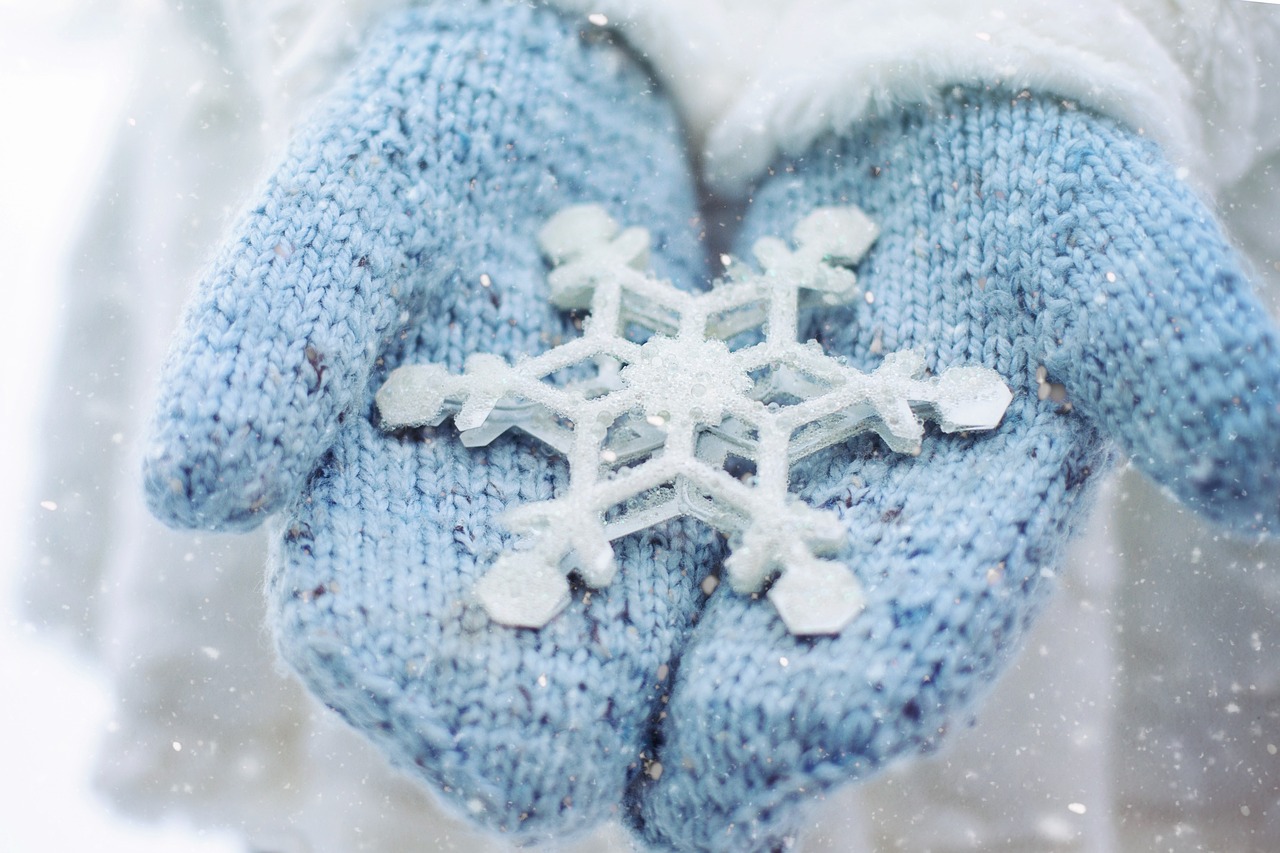The festive season is upon us, and as we gear up for the most wonderful time of the year, it’s crucial to address a less glamorous but utterly essential topic—road safety. As the holiday spirit fills the air, so does the risk of accidents, particularly those stemming from the dangerous combination of celebration and alcohol consumption. In this blog, we’ll delve into the dangers of drunk driving during the festive season and emphasize the paramount importance of responsible drinking and alternative transportation.
The Merriment and the Menace:
While the holidays are synonymous with joy, warmth, and togetherness, they unfortunately also witness a spike in alcohol-related accidents. Festive gatherings and celebrations often involve the clinking of glasses and toasts, but when those celebrations extend to the driver’s seat, the consequences can be devastating.
The Sobering Statistics:
Statistics paint a stark reality—drunk driving accidents surge during the holiday season. The mix of increased alcohol consumption, crowded roads, and adverse weather conditions creates a hazardous cocktail. According to relevant statistics, a significant percentage of accidents during this time of the year are linked to impaired driving.
Advocating for Responsibility:
In the spirit of spreading joy, let’s also spread awareness about responsible drinking. Here are some tips to ensure everyone gets home safely:
Designate a Driver:
Plan and choose a designated driver who will stay alcohol-free for the evening.
Explore Alternative Transportation:
Ride-sharing services, public transportation, or designated drivers are excellent alternatives to getting behind the wheel after drinking.
Host Responsibly:
If you’re hosting a gathering, take the initiative to ensure your guests have safe transportation options or arrange for accommodations.
Be a Responsible Passenger:
If you’re not fit to drive, dare to pass your keys to someone who is, or opt for alternative transportation.
The Ripple Effect:
Drunk driving doesn’t just impact the person behind the wheel; it sends ripples through families, communities, and lives. By making responsible choices, we contribute to creating a safer, more joyful holiday season for everyone.
As we raise our glasses to celebrate the festive season, let’s also raise awareness about the potential dangers of drunk driving. By choosing responsibility over recklessness, we can ensure that the holiday cheer is spread in the safest and most meaningful way possible. Remember, the best gift you can give is the gift of a safe journey home.
Here’s to a festive season filled with joy, warmth, and responsible choices!
If you’re injured and suffered from an accident caused by other’s negligence, reach out to us at 1-833-DARFOOR.



